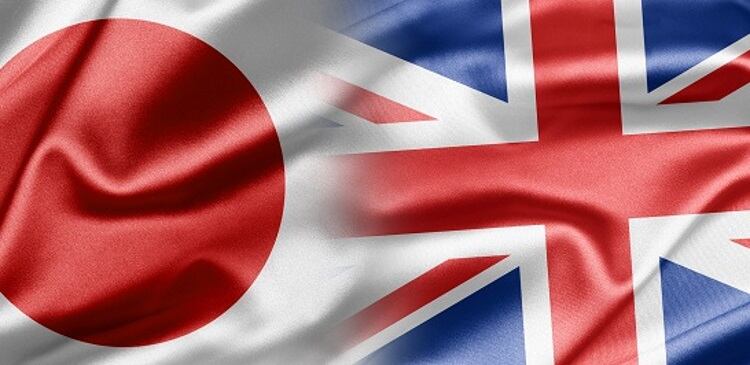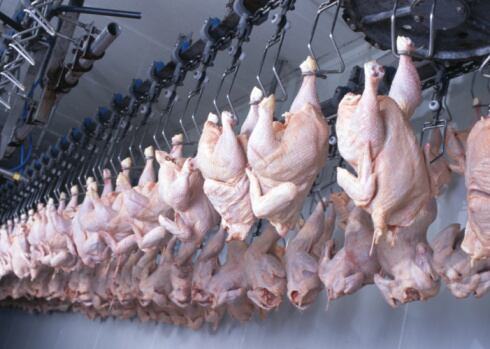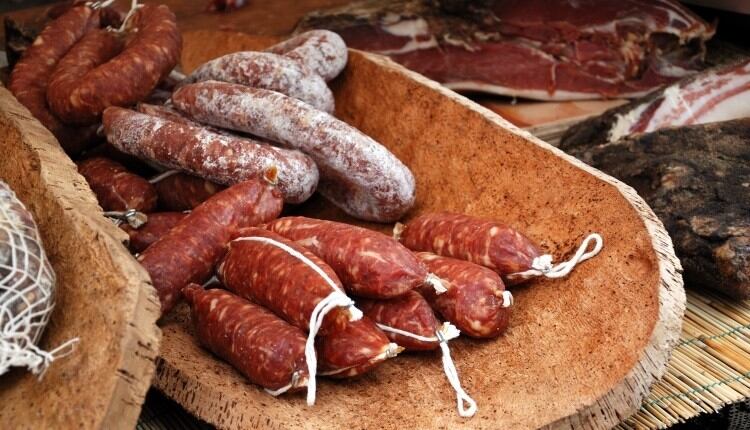Producers from across the UK met Japanese importers, distributors, buyers and consumers at the Makuhari Messe conference centre, near Tokyo, on 5-8 March. There, they showcased meats that had been banned in Japan following the UK’s bovine spongiform encephalopathy (BSE) crisis in 1996.
Steaks and chops, which were part of the first shipment of British beef and lamb to enter Japan since the ban was lifted, were cooked and served to visitors. The UK ambassador for Quality Standard Mark (QSM) Beef and Lamb, executive chef Chris Wheeler, said this was vital to raising awareness of the texture and flavour unique to British meats.
Japanese buyers expressed interest in premium cuts of beef, such as rib eye, sirloin and fillet, as well as premium lamb. This prompted optimism among British producers about the market, which is expected to be worth £127 million (US$165m) to UK exporters within the next five years according to the UK Government’s Department for Environment, Food & Rural Affairs.
The initial focus for producers is likely to be the mid- and high-end markets, said Susan Stewart, senior export manager at the UK’s Agriculture & Horticulture Development Board (AHDB). However, buyers at the show were also looking for tongue, which is a popular product in Japan. As tongue is rarely eaten in the UK and often becomes a waste product, Stewart noted that, through tongue exports, British producers had “an opportunity to add value to the industry”.
Rhys Llywelyn, market development manager of Hybu Cig Cymru - Meat Promotion Wales, agreed, noting that it was possible for producers to “achieve a premium price in Japan” for tongue.
As for Scotland, while some producers needed more time to get a foothold in the market, three plants in Scotland – run by AK Stoddart, APB Food Scotland and Scotbeef – were expected to be cleared for imports by May 2019, said Tom Gibson, head of market development at Quality Meat Scotland.
Noting that barriers to a successful entry to Japan included challenging logistics and supply chains, he added that work was underway to set up links between importers and end-user companies to ensure produce could reach consumers smoothly once clearance was completed.
Meanwhile, other British producers sought openings for their pork.
Following demand from Japanese buyers for belly, loin and shoulder cuts, Kevin Burrows, director of C&K Meats in Suffolk, eastern England, was at Foodex to promote his high-end cuts of belly and collar from his unique blend of pigs consisting of 50% Berkshire, 25% Duroc and 25% Landrace breeds. The result of the cross is fine marbling in the middle, as well as back fat, which appeals to Japanese buyers, he said.




